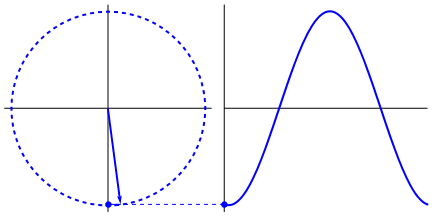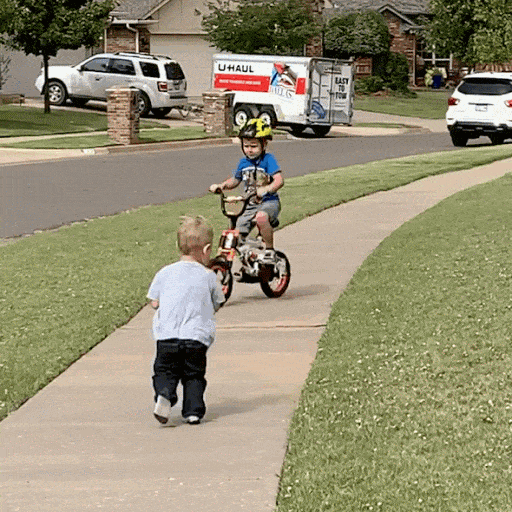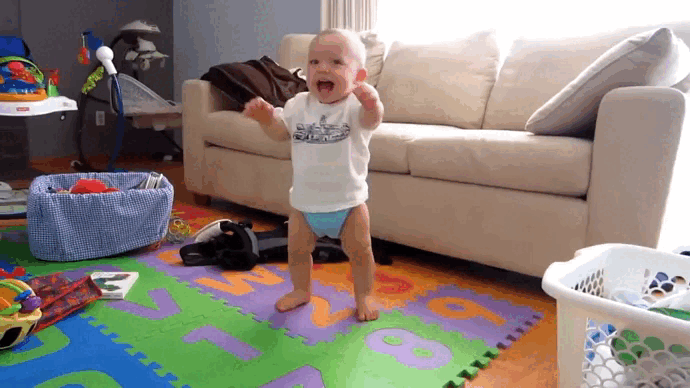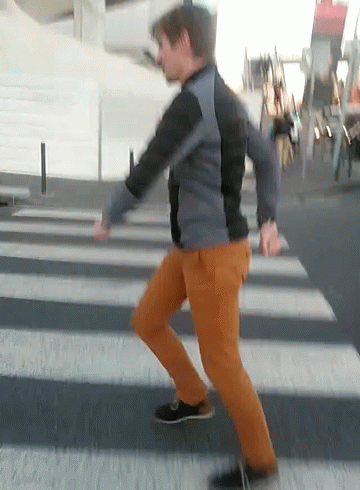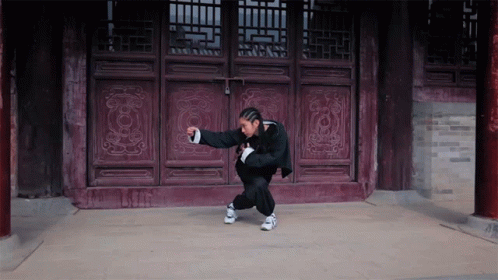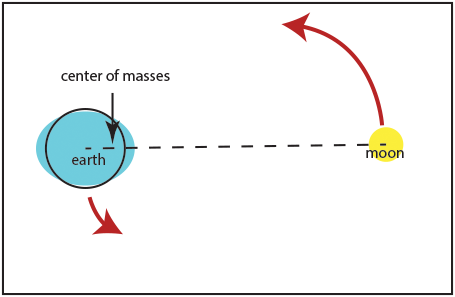TrebuchetDiscGolf
Newbie
- Joined
- Nov 6, 2022
- Messages
- 43
Hey Brychanus, thanks for including my little contribution in your comment!
If I may take a moment to fanboy... I really appreciate (that you can respectfully disagree) as well as the depth of though you are putting into this stuff. You and Sidewinder and HUB are my people and I'm glad I finally found you. And let me state for the record that I understand Y'all have a veritable poop-ton more experience here than I do and I may or may not have any idea what I'm talking about, but I think sometimes I do at least. Please shut me down when and if necessary!
On to the thing!
So what I mean about the three rails idea doesn't work slow is exactly what Sidewinder is demoing. With my idea, I don't want to practice it like that. He is going slow enough that the balance has to be static (ish) and the CoM migrates towards being stacked over each individual foot fall, relative to how much the CoM would 'wiggle' east to west in the context of a full speed throw (not none, but less).
Now In the context of an actual throw, I think as long as you have complete control over where your CoM is and where its going and why, then all is well... but as a drill I want to move the CoM as linearly as possible. With the specific goal of sending the weight shift on a vector a few inches *behind* the plant heel. The drill as I propose practicing it is specifically developing a capacity to go from X step to plant WITHOUT shifting the weight directly towards the plant foot but keeping it on the third rail.
I see so many intermediate players shifting the weight directly ONTO the plant foot (head over plant foot, shoulder not far behind the head). This causes the rear leg to get 'stuck' in a neutral position directly in line with the plant foot and under the thrower. When it 'scoops up' and deweights, it does so in place with no rightward motion and quickly ends up progressing towards a spin out. Players like Climo make this neutral scoop work, many many intermediate and new players don't and end up spinning out past their brace before it has had a chance to slow and stop the front hip.
When the Weight Shift is instead directed slightly behind the plant heel then the rear leg continues target-ward for an instant, drifting right 'behind' the brace. This transfers momentum into the brace better allowing the brace to 'stick' and have more ground force for a longer window of time... and that allows more of the hip rotation to happen in one precise spot, which means more power and more swing plane integrity (because now you can stay down on your hyser tilt with a rear leg counterweighting your lean).
Let me know if anyone sees any value in this line of thought or can poke any holes in it.
Happy to do a vid explaining with demos if folks aren't following me clearly in text form. lmk!
If I may take a moment to fanboy... I really appreciate (that you can respectfully disagree) as well as the depth of though you are putting into this stuff. You and Sidewinder and HUB are my people and I'm glad I finally found you. And let me state for the record that I understand Y'all have a veritable poop-ton more experience here than I do and I may or may not have any idea what I'm talking about, but I think sometimes I do at least. Please shut me down when and if necessary!
On to the thing!
So what I mean about the three rails idea doesn't work slow is exactly what Sidewinder is demoing. With my idea, I don't want to practice it like that. He is going slow enough that the balance has to be static (ish) and the CoM migrates towards being stacked over each individual foot fall, relative to how much the CoM would 'wiggle' east to west in the context of a full speed throw (not none, but less).
Now In the context of an actual throw, I think as long as you have complete control over where your CoM is and where its going and why, then all is well... but as a drill I want to move the CoM as linearly as possible. With the specific goal of sending the weight shift on a vector a few inches *behind* the plant heel. The drill as I propose practicing it is specifically developing a capacity to go from X step to plant WITHOUT shifting the weight directly towards the plant foot but keeping it on the third rail.
I see so many intermediate players shifting the weight directly ONTO the plant foot (head over plant foot, shoulder not far behind the head). This causes the rear leg to get 'stuck' in a neutral position directly in line with the plant foot and under the thrower. When it 'scoops up' and deweights, it does so in place with no rightward motion and quickly ends up progressing towards a spin out. Players like Climo make this neutral scoop work, many many intermediate and new players don't and end up spinning out past their brace before it has had a chance to slow and stop the front hip.
When the Weight Shift is instead directed slightly behind the plant heel then the rear leg continues target-ward for an instant, drifting right 'behind' the brace. This transfers momentum into the brace better allowing the brace to 'stick' and have more ground force for a longer window of time... and that allows more of the hip rotation to happen in one precise spot, which means more power and more swing plane integrity (because now you can stay down on your hyser tilt with a rear leg counterweighting your lean).
Let me know if anyone sees any value in this line of thought or can poke any holes in it.
Happy to do a vid explaining with demos if folks aren't following me clearly in text form. lmk!


